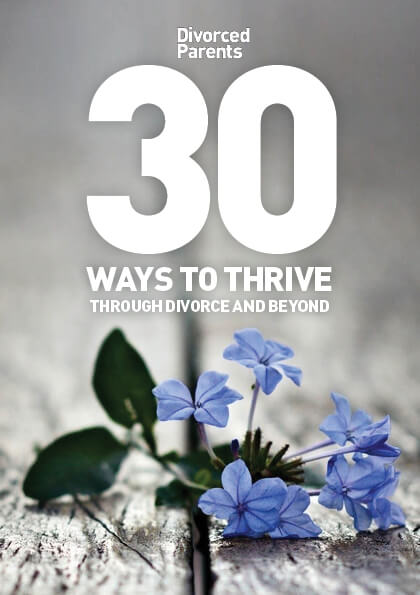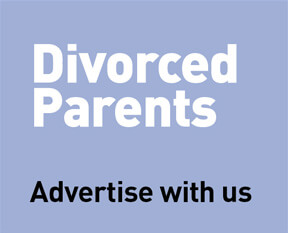Has Divorce Triggered My Eating Disorder?
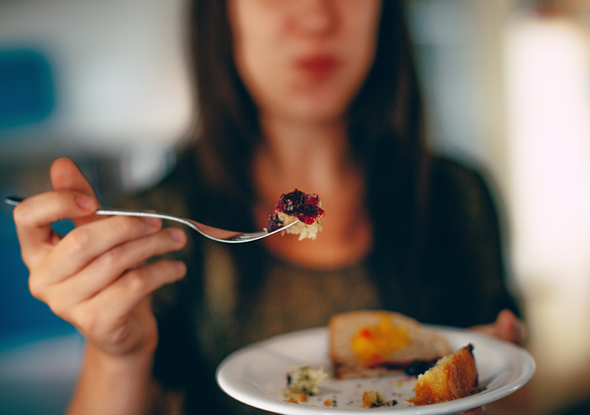
- This blog contains affiliate links, which we may receive a commission for purchases. The decision is yours, whether or not you decide to buy.
When people think of eating disorders they often picture an adolescent girl. Whilst it is true that most eating disorders are diagnosed in the teens, they are sadly very common amongst mid-life and older women.
For example in 2015 the UK’s largest eating disorder charity, BEAT, reported that 15% of it’s calls were from people aged 40 +. This article explores the connection between a mid-life marriage breakdown for women, eating disorders, and discuss what can be done to start recovery at this difficult time.
What is an eating disorder, and what is disordered eating?
An eating disorder is a mental health problem. All of the disorders involve shared characteristics – an unhealthy obsession with what to eat / not eat, a pre-occupation with body image and size, an intense fear of putting on weight, a fearful relationship with food that is not really anything to do with food.
It is estimated that over 1.6m people in the UK suffer from a diagnosed eating disorder. However, statistics vary and Department of Health think the actual figure including undiagnosed could be closer to 4m people.
And it has been widely reported in the press recently the Covid is rapidly increasing numbers affected. A 2017 study of mid-life UK women found that 15% had met the criteria for an Eating Disorder at some point in their lives, and 3.6% had one in the last 12 months. That is approximately 1.2m women.
These statistics point to the fact that eating disorders are a widespread prolific problem in our society. You may have also come across the term disordered eating. This has a wider scope, to include all dysfunctional relationships with food that may not fall into an official eating disorder category.
These can include compulsive eating, emotional eating, serial dieting, and chaotic eating. Basically anyone who does not have a natural easy relationship with food could be described as a disordered eater, difficult to estimate numbers of women affected but 1 study in the US indicated up to 75% of women fall into this category.
This is a summary of the main types of eating disorder:
What is Binge Eating Disorder (BED)?
.jpg)
By far most frequent eating disorder for those over the age of 30. 1 in 50 people will suffer at some point in their lives. Officially BED is classified when binging occurs more than once a week for at least 3 months.
A binge is described as eating quickly a large amount of food with an uncontrollable urgency and need to eat (though it isn’t really about the food).
5 symptoms to help identify BED:
- Binges are often planned and take place in secret
- May have special binge foods, usually high in fat / sugar / salt
- Often restricting food intake (dieting) between binges
- Feelings of extreme shame, regret and distress usually occur following a binge
- Most likely to be overweight
What is Bulimia Nervosa?
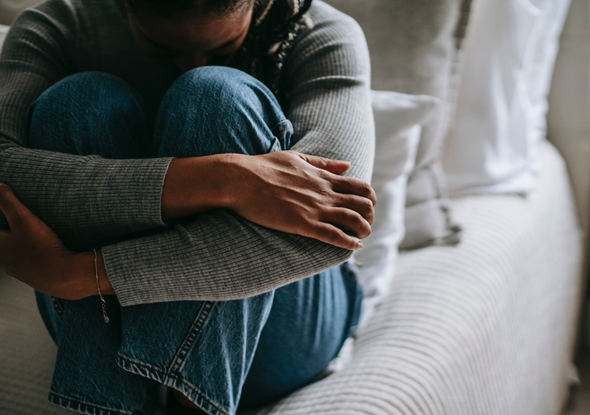
Similar to Binge Eating Disorder, this illness includes frequent binging. However this is followed by purging – most frequently vomiting, laxative abuse, extreme exercising, fasting.
5 symptoms to help identify Bulimia:
- A feeling of urgency to get rid of the binged food
- Following purging a period of calmness and relief follows
- Bathroom habits may be a give away – frequent trips, air fresheners, copious toilet roll or toothpaste
- Serious physical side effects over time - dental problems from vomiting, bowel problems from laxative abuse, nutrient deficiency, dehydration
- Can be underweight, overweight or of normal weight.
What is Anorexia Nervosa?
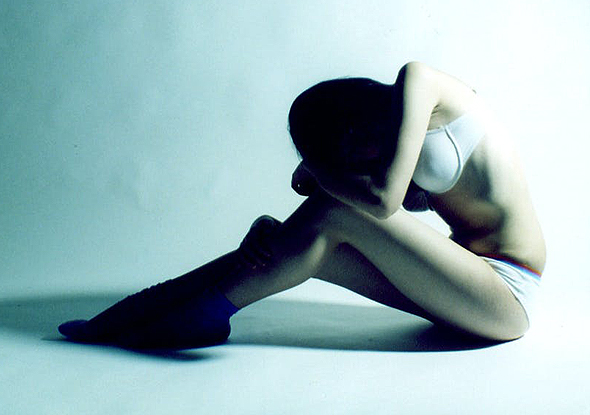
This eating disorder is the most well known because of its severity, and its prevalence amongst adolescents. Sufferers restrict their food intake to the point of starvation, and often over exercise too. It carries the highest mortality rate of any mental health disorder. To be diagnosed BMI usually is under 17.5.
5 symptoms if you to help identify anorexia:
- Extreme and irrational fear of weight gain to the point where they would rather starve
- Body dysmorphia – they are unable to see their real body size, much to the frustration of family members
- However it is possible to be of an anorexic mindset yet in a body with a BMI higher than 17.5. Even someone overweight can have anorexic tendencies or thoughts, perhaps mixed with periods of binging.
- Severe physical implications such as heart problems, loss of bone density leading to osteoporosis, hair loss, muscle wastage, severe malnutrition, permanently feeling cold, depression.
- It is a sign that someone is in extreme emotional pain, or very stressed. They are not coping in conventional ways.
There is another type of official eating disorder that affects women of midlife, though is hardly ever mentioned. This is called OSFED (Other Specified Feeding & Eating Disorder). Sufferers have some of the symptoms above but perhaps not quite all, or a mix of symptoms. Up to half of all diagnoses are for OSFED.
- You can read more about OSFED here.
Further types of disordered eating exist such as compulsive eating, emotional eating, orthorexia, PICA and rumination.
- You can read more about these here.
Why do women develop eating disorders?
Eating disorders are complex illnesses created by many different factors – biology, environment, psychological makeup. These include the following:
- Genes – those with eating disorders are likely to have a parent that suffered too. There is a genetic pre-disposition, though of course many other factors come into play.
- Family background – childhood food associations, culture, parenting styles. Whether a child is able to freely express their emotions is important.
- Trauma – the effects of childhood trauma are frequently a contributing factor to the development of eating disorders.
- Character – interestingly each eating disorder attracts those with similar personality traits. Binge eaters are frequently depressed, lonely prone to weight gain, mood intolerance. Anorexics tend to be perfectionists, compliant, high achievers, emotionally restrained. Bulimics often exhibit anger, impulsiveness, imbalance, restlessness, and are extraverts. Across all eating problems though there are common themes – low self-esteem, poor body image, a disconnection between the mind and body, and of course the desire to be thin.
- Diet culture – it is very rare to find an eating disorder sufferer who has not dieted beforehand. The pressure on women to be slim, fit, unflawed, is pervading and unrelentless, whatever a women’s age.
- Age – eating disorders usually start in childhood or adolescence, and can continue until any age. If not treated initially they can subside for many years and resurface later. For women the two key transition times of adolescence and menopause, also have an implication. Both are associated with natural weight gain and shifting hormones that can throw girls and women off course, like their body is out of control.
The exact start, or re-start, of problems around eating are usually triggered by specific events. For example, teasing at school, the death of a loved one, or of course, separation / divorce.
Why is the end of a marriage triggering for eating disorders?
For many women there can be a midlife toxic triangle between
- The most common age for women to divorce is 44.
- the most frequent age for women to suffer from anxiety is 35 – 59, and
- the peri-menopause can start up to 10 years before the average menopause age of 51
It is perhaps then not surprising that eating disorders can be triggered around divorce. And there may be other big changes happening too, against a back-drop of a marriage breakdown:
- Empty nest / children returning home / children getting married – it is a rare mother to be unaffected by the transitioning of their children into adulthood. Even becoming a grandparent can be disconcerting to a woman
- Ageing parents – illnesses and disabilities, needing care, death and grieving
- Career – work life balance, stress, career changes,
- Financial worries – particularly relevant for marriage breakdown.
- Diet culture – this is so relevant it is worth mentioning again. After the breakup of a marriage, the prospect of dating can mean even more pressure on women to look good, be slim, be fit. The ‘wellness’ industry has a lot to answer for.
Take into account all these factors and it is easy to see why divorce can be the final trigger for an eating disorder. Eating disorders are a lot about feeling alone, disconnected, out of sync with everyone else.
And of course divorce may make you feel like this or have exacerbated what you were already feeling. You may have lost your soul-mate, the person you ‘got you’, your support. Perhaps mutual friends too, your social life.
Your confidence may be knocked, your self esteem and body image impacted. And as a single parent now you might be busier, have less time to spend on yourself, and worrying about everything just that little bit more.
If this is you, it is important to recognise that an eating disorder is a way of coping, strange though it may seem, your brain is actually trying to protect you. Think of it as a voice, a way of communicating messages that cannot be spoken.
What is your eating disorder trying to say?
Is there a way to cope with my eating disorder after divorce?
The answer is yes. And the earlier help is sought, the easier and more likely the recovery. Seeking help can be particularly difficult for women as they get older, because they feel more shame and embarrassment – as if they ‘should know better’ and ‘eating disorders are for young people’. This is not true, and sadly if left untreated it is very unlikely an eating disorder will go away by itself.
Here are 10 ways to start coping after divorce:
- Start with the GP, particularly to get any secondary physical symptoms checked out. To get NHS help might depend on the severity of the disorder, and there are long waiting lists, but even so a health check-up is crucial.
- Are you (now) the main role model for your children? If so your behaviour around food and eating is increasingly important. Children, particularly girls, copy behaviour and take on board messages about how you feel about your body, your food, your eating. This is a great motivator to get some help, many women won’t get help for themselves, sadly, but will do so at the thought of passing their problems on to their kids.
- Is there someone you can take into your confidence? You only need that one person who you can let off steam too, without fear of criticism or shame. If not, there are many support groups out there (see below)
- Prioritise you - Can you bump ‘you’ up your priority list for some care? This extends way beyond food – how best can you look after yourself right now in all aspects of your post-married life? This might mean saying no to people, reducing contact with friends who don’t fit well right now, perhaps even re-thinking your work. In every thing you do, think ‘does this help me right now, is that what I need?’
- Take at least 5 minutes each day to do something physical just for you. Anything that puts a smile on your face, or touches your heart. Try to make your life bigger than the eating disorder in any way you can. Perhaps join a new online group (yoga is perfect), try a new activity, take a bath each night?
- Notice your thoughts / words in your head when thinking about yourself. Showing yourself self-compassion and acceptance can be a 1st step in the right direction. Think about putting your energy into getting better, rather than fighting what is happening. This is hard and can take time, but it is worth it and there is help out there.
- Getting enough sleep and rest can really help. If your sleep is messed up due to divorce anxiety, depression or the menopause, then get some help for this.
- Let go of the need to lose weight, for now (aimed at over-eaters, anorexics will need help with this). This may be tough if you are suddenly back on the dating scene again. Tell yourself that losing weight can come later, if need be, once things have stabilised. Forget dieting as best you can.
- Eat consistently and regularly as best you can, avoid restriction between overeating episodes. Covid has provided a break from the temptations that eating out brings, use this opportunity to do the best you can at home with foods under your control, whilst you get help.
- Get the right help and support for you is the most important thing. Alongside a visit to the GP, different types of help are available and of course you may need more than one type - counselling, dieticians / nutritional therapists, psychotherapy, yoga therapy, coaching, hypnotherapy, etc. If your problem is severe then it is likely you may have a multi-disciplinary team to help you. Further help.
There is plenty of further advice available from these links, including the main types of eating disorders and the signs to spot them:
- www.beateatingdisorders.org.uk/
- eating-disorders.org.uk/
- www.nationaleatingdisorders.org/health-consequences
- seedeatingdisorders.org.uk/
Conclusion
Eating disorders are serious mental health problems. Seeking help for eating problems after a divorce is not something to be put off. Blaming the divorce, thinking the problem will go away soon, is unlikely to be work. Please don’t tell yourself this isn’t serious enough, or you aren’t worth it. There is no need to feel shame or embarrassment, whatever your age or size, and there are many ways help can be found.
Recovery is possible for most people, having hope of recovery and knowing help is there is crucial. There are people out there to help you nourish the body, change the mindset and behaviours, and make life bigger than the eating disorder again.
Written by Cathy Houghton a Health Coach specialising in Disordered Eating.
She helps women heal their relationship with food and eating, and improve their whole-life wellbeing. She coaches women on finding peace around their bodies, and finding their natural healthy size.
Cathy offers a free 30 minute call to anyone concerned about their eating, or that of a loved one. If unable to help you directly she can signpost you to someone who can.
www.blossomhealthcoaching.co.uk
cathy@blossomhealthcoaching.co.uk
www.facebook.com/blossomhealthcoaching
PHOTO CREDITS: SORA SHIMAZAKI FLICKR - S ALEX GREEN
You may also like
Books
Buy now from Amazon
- The Power of Positive Energy
- Manifest: The Sunday Times bestseller that will change your life
- Parenting Apart
Podcast
Kate Daly is co-founder of amicable and host of the The Divorce Podcast. Kate created The Divorce Podcast to discuss and demystify divorce, separation and co-parenting in the UK. In each episode, Kate is joined by experts in their field to explore divorce and separation from every angle.
Articles
- Divorce Mediation Explained
- 7 Things You Should Think About Before Filing For Divorce
- Is Online Mediation Right For You?
Videos
Practical advice and tips from professionals on what to do with issues and challenges around divorce from parenting to finance.
Events
Practical tips & advice designed to help people going through divorce, whether online or in person.
Useful links
Here's a selection of organistaioins from parenting to finance to help you with your divorce.
Health professionals
Related Posts
-
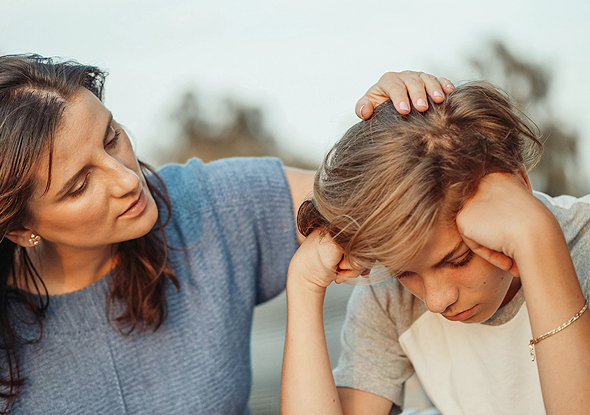
Helping Kids Cope When You’re Coping Too: Mental Health Strategies for Divorcing Parents
-
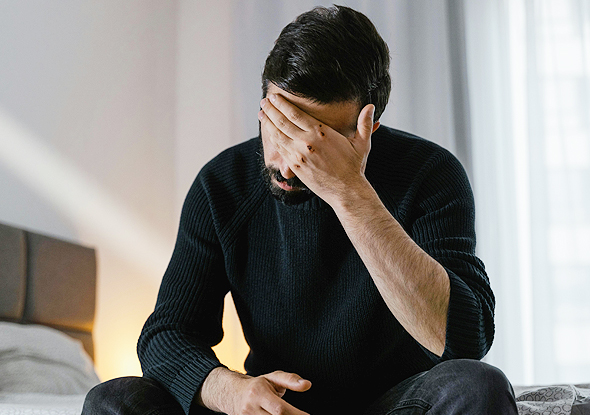
How Divorce Affects Digestion and Mood: The Gut-Brain Connection
-

Gardening Through Divorce: Finding Healing And Growth In The Garden
-

Eating Your Way Through Divorce: A Guide To Nourishing Your Body And Mind With Healthy Foods
-
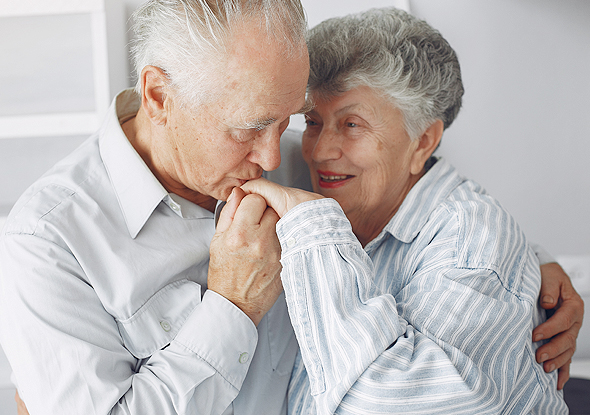
The Difficult Decision To Divorce A Loved One With Dementia

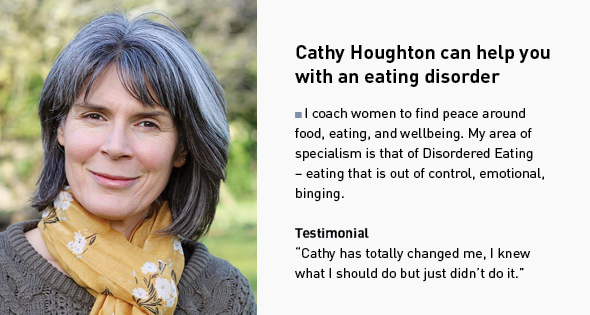
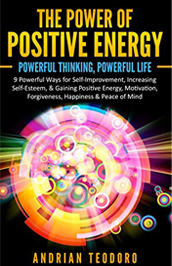
.jpg)
.jpg)
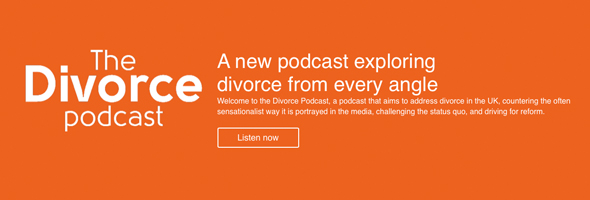
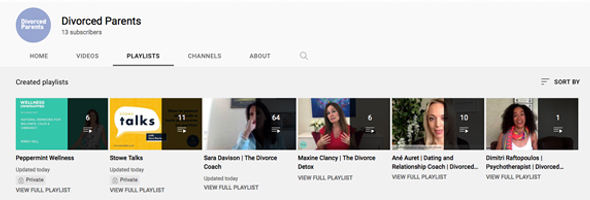

.jpg)
